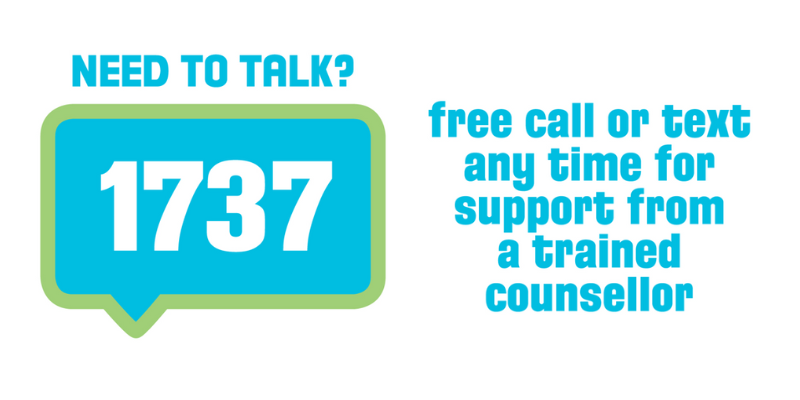Are you an NZ-based healthcare provider? Did you know we have a whole section on Healthify just for you, to assist in improving healthcare planning, delivery and outcomes?
Gastroscopy
Also known as endoscopy
Key points about gastroscopy
- A gastroscopy is a test to look at the upper part of your gut.
- A gastroenterologist (gut doctor) or specialist nurse puts a long soft flexible tube, about as thick as your little finger (an endoscope) down your throat.

The endoscope has a tiny camera and a light. The health professional doing the test can see the inside of your gullet (oesophagus), stomach and the first part of your bowel (duodenum) from the inside.
This test is sometimes called an endoscopy. A gastroscopy is not usually painful but it can be uncomfortable – especially the first part when you swallow the tube.
A gastroscopy is usually done to investigate:
- tummy pain
- indigestion or heartburn which doesn't get better with medicine
- repeated vomiting
- difficulty swallowing
- blood in your faeces (poo) or unexplained anaemia
- unexplained weight loss
- other symptoms which might be associated with the upper part of your gut.
Gastroscopy is usually done in a hospital clinic and you don't usually need to stay the night. You should get instructions from the hospital before your test. They will be a little different depending on the hospital, but your instructions will say something like:
- You should allow 3 hours for your test.
- Your stomach needs to be empty so don't eat or drink anything for up to 6 hours before going to the hospital.
- Your team will let you know whether to take your usual medicines before the test.
- If you take a medicine to make you sleepy (a sedative) during the test you will need someone to take you home.
You change into a hospital gown and remove all jewellery and tight underwear. If you wear dentures, you take them out now. The doctor or nurse will discuss the test with you and answer any questions. You will talk about whether to have a sedative. You will need to sign a consent form allowing the test to be done.
You lie on a table on your left side. If you are having a sedative, a needle is put into your hand so that it can be given. The sedative will help you to relax, but it won't put you to sleep.
The back of your throat will be sprayed with a bitter tasting anaesthetic to make it numb and to help you not to gag. A plastic guard will be put between your teeth to protect your teeth and stop you from biting the endoscope. Your blood pressure and pulse are monitored throughout the test.
The endoscope is put into your mouth and you're asked to swallow it. There's plenty of room to breathe around the endoscope. Any extra saliva is removed with a suction tube. The doctor or nurse moves the endoscope into the right position and then air is pumped in to make things easier to see. This can make you feel full and like you want to burp. The camera at the end of the endoscope will send pictures to a screen, which your doctor or nurse will use to look for anything unusual. If you're feeling comfortable, they might ask if you want to take a look.
Sometimes an instrument is inserted through the endoscope, and a small sample (a biopsy) removed – this doesn't hurt. The doctor or nurse may also take some photos. Some treatments can be performed while the endoscope is in, eg, stopping blood loss from an ulcer or injecting big veins (like varicose veins) in the stomach. These treatments will make the test a little longer and will have been discussed beforehand.
Once everything has been checked, as much of the air as possible is removed and the scope is gently pulled out.
The test takes about 10 minutes, a little longer if any treatments are done. Most people are ready to go home after resting for 30–60 minutes. Sometimes the doctor or nurse will tell you how things went directly after the test. It's useful to have someone with you because you might not remember what they say. You should be able to go back to your normal activities after 24 hours.
If you've had a sedative you'll need someone to take you home and stay with you for 24 hours, and you won't be able to drive, operate machinery or drink alcohol for 24 hrs either. The doctor or nurse who did your gastroscopy will arrange for any follow up you need, and for you and your healthcare provider to get a copy of the results.
Many gastroscopies are performed in Aotearoa New Zealand every week and very few people have serious side effects. You might get a slightly sore throat and cough up a little blood. Air can be trapped in your stomach making you burp.
If a biopsy has been taken, or a treatment performed, you may be required to stay in hospital overnight for observation and there may be minor bleeding. There is a small risk (less than 1 in 1000) of more serious bleeding or a tear in your oesophagus or stomach which might need surgery to fix.
If you need a gastroscopy, your healthcare provider will refer you to either your local hospital or a private gastroscopy service. Due to the number of people needing a gastroscopy, public services are limited to people who are at higher risk of a serious illness.
Anaesthesia for endoscopy(external link) ANZCA, Australia
For further information and support talk to your healthcare provider or contact the hospital or clinic where you are having the gastroscopy.
Resources
Anaesthesia for endoscopy(external link) ANZCA
References
Gastroscopy(external link) Auckland Regional HealthPathways (login required)
Gastroscopy patient information(external link) Counties Manukau Health, NZ, 2015 (login required)
Gastroscopy(external link) Health New Zealand | Te Whatu Ora Counties Manukau, 2021
Credits: Healthify editorial team. Healthify is brought to you by Health Navigator Charitable Trust.
Reviewed by: Dr Emma Dunning, Clinical Editor and Advisor
Page last updated:





